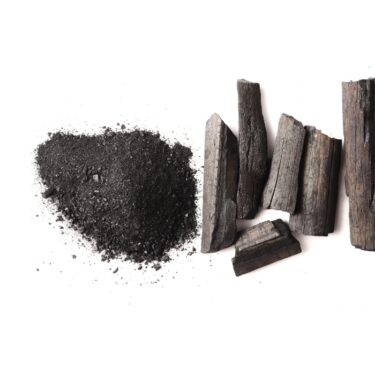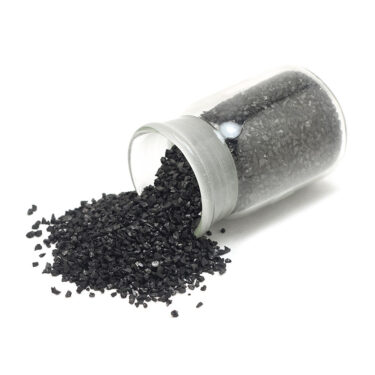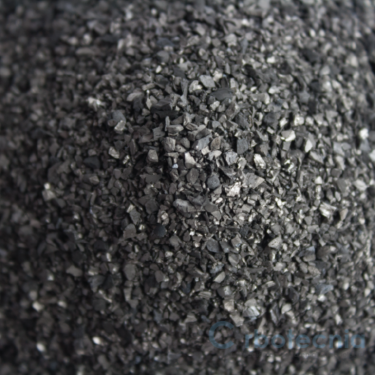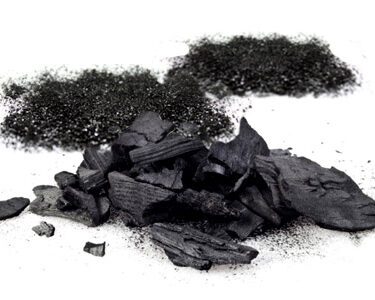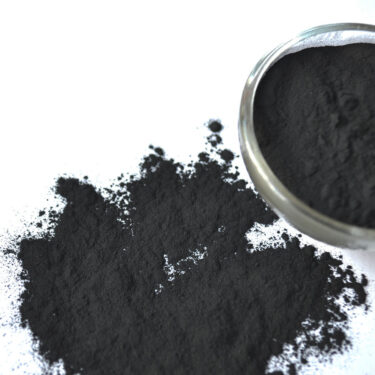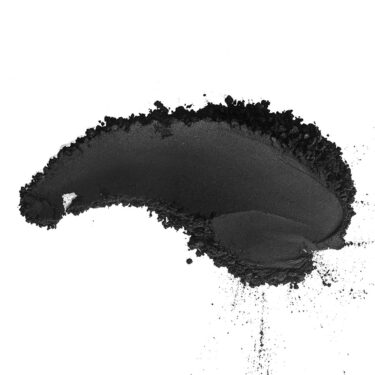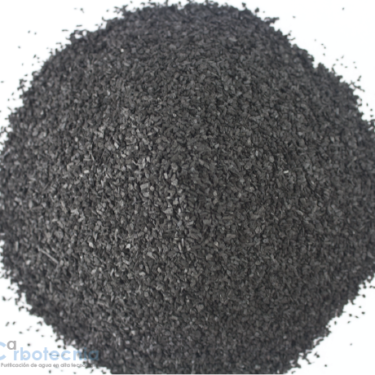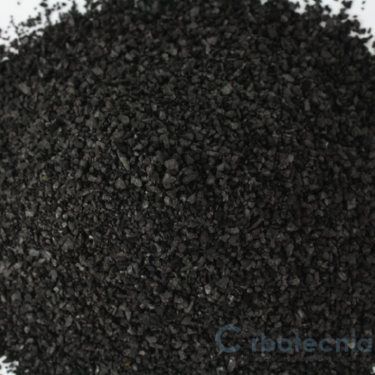What is benzene?
Benzene is a clear, colorless, highly flammable, and volatile liquid aromatic hydrocarbon. With an odor similar to gasoline, its odor threshold in water is 10 mg/liter. Benzene is found in crude oils and as a by-product of oil refining processes. In industry, benzene is used as a solvent, as a chemical intermediate, and in the synthesis of numerous chemicals.
Benzene:
CAS No.: 71-43-2
Molecular formula: C6H6
Physicochemical properties
[Air conversion factor: 1 ppm = 3.2 mg/m3 at 20°C and 101.3 kPa]
|
Properties
|
Value
|
|
Physical state
|
Colorless liquid
|
|
Melting point
|
5.5 °C
|
|
Boiling point
|
80.1 °C
|
|
Density
|
0.88 g / cm3 at 20 °C
|
|
Vapor pressure
|
13.3 kPa at 26.1 °C
|
|
Water Solubility
|
1.8 g / l at 25 °C
|
|
Log octanol-water partition coefficient
|
2.13
|
Main uses
Benzene is used in the chemical industry for the production of styrene/ ethylbenzene, cumene/ phenol and cyclohexane. Its use as a solvent has been reduced considerably in recent years, it is also used as an additive in gasoline to increase octane.
Where do we find it in the environment?
In soil, benzene biodegrades only under aerobic conditions. In surface waters, it volatilizes rapidly, biodegrades with a half-life of a few days to weeks, or reacts with hydroxyl radicals with a half-life of several weeks to months. In air, it reacts with hydroxyl radicals, with a half-life of approximately 5 days.
Methods for its analysis
Benzene can be determined by a purge and trap gas chromatography procedure with photoionization detection, a method that is applicable in a concentration range of 0.02 – 1500 µg / liter. Confirmation is by mass spectrometry (detection limit 0.2 µg / liter).
Benzene in the water
The main sources of benzene in water are atmospheric deposits, gasoline spills, other petroleum products and chemical effluents from plants. Levels of up to 179 µg / liter have been reported in chemical plant effluents. In seawater, levels were reported to range from 5 to 20 ng / liter (coastal area) and 5 ng / liter (central part).
According to the WHO, they estimated that, for drinking water in the USA, approximately 1.3% of all groundwater systems contained benzene at concentrations above 0.5 µg / liter (the highest level reported was 80 µg / liter).
Benzene in human health
Levels commonly found in drinking water are minimal compared to food and air intake. Exposure to this substance causes neurological symptoms and affects the bone marrow causing aplastic anemia, excessive bleeding, and damage to the immune system.
Benzene is a known human carcinogen and is associated with an increased risk of developing lymphatic and hematopoietic cancers, acute myelogenous leukemia, and chronic lymphocytic leukemia.
Method of treatment of benzene in drinking water
It can be removed with activated carbon.
It must be in contact with the activated carbon for at least 10 minutes. If the required flow rate is 5 gpm, approximately 7 cubic feet of activated carbon must be used. The activated carbon must be replaced when it is exhausted.
Source: https://es.wikipedia.org/wiki/Benceno
Comparte:
Necesitas más información, escríbenos.
Algunos productos que te pueden interesar
-
AA-3 Activated carbon to reduce color and flavor in tequila and other distilled spirits
Add to quote -
Micro K Coconut shell activated carbon
Add to quote -
Micro 4 LF Coconut shell activated carbon free of fines
Add to quote -
Megapol C – Wood powder activated carbon
Add to quote -
Megapol E – Wood powdered activated charcoal
Add to quote -
Micropol 4 200 – Coconut shell powdered activated carbon
Add to quote -
Mega – Wood granular activated carbon
Add to quote -
Gama L – Lignite coal mineral activated carbon
Add to quote


